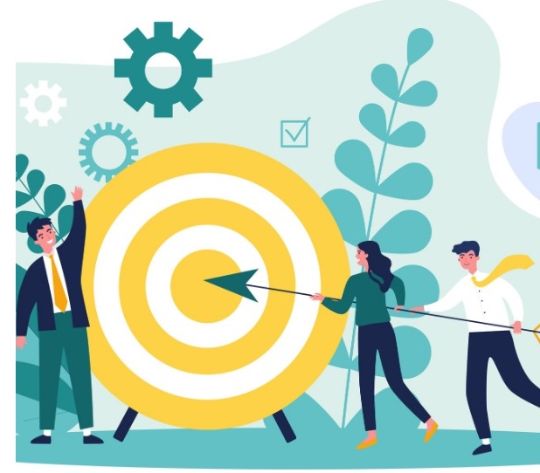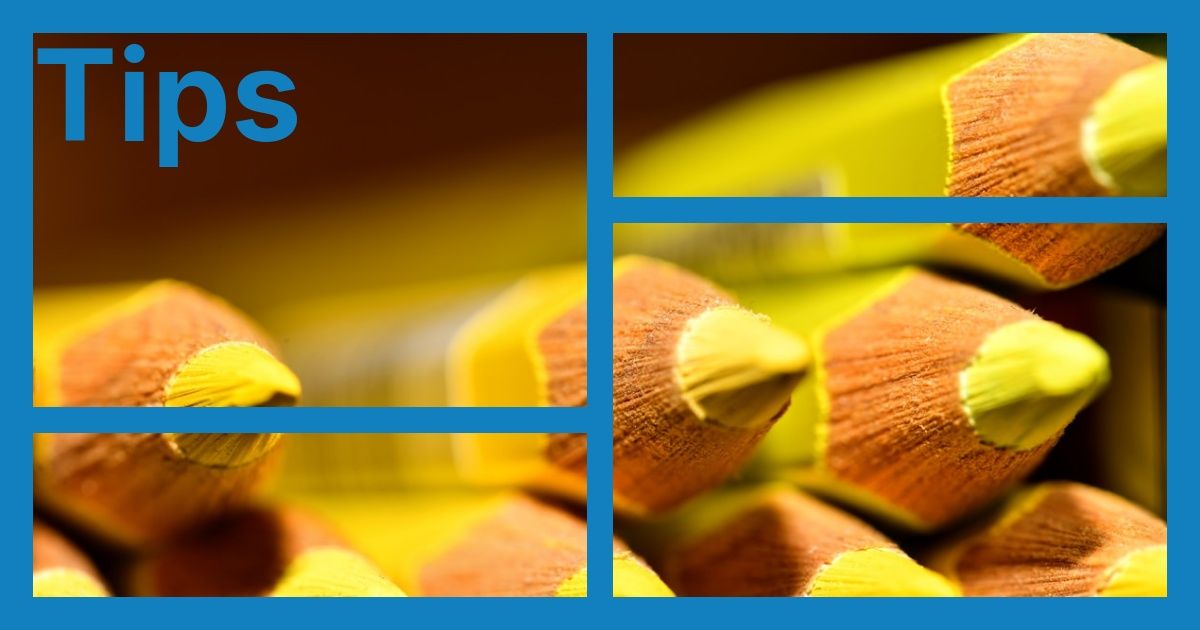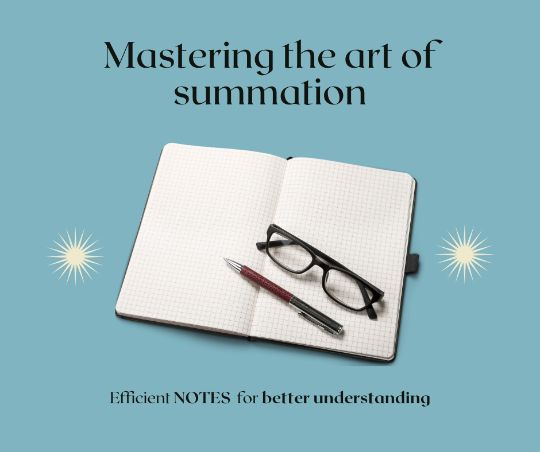
Why Summarizing & Note-Taking Matter
Better Understanding:
Taking good notes and writing summaries help you actually understand the material, not just memorize it.
Quick Review:
Notes and summaries highlight the most important information so you can review quickly before tests or projects.
Focus Your Thinking:
By deciding what's important enough to write down, you're training your brain to focus on key concepts.

Identify Key Ideas Before You Start Reading or Listening
- Preview the text: Look at headings, subheadings, and bolded words before reading. This helps youpredict what the main topics are.
- Listen for cues: When a teacher says “The main idea is...” or “This is important...”, that's a sign to pay extra attention.
Use the 5 Ws + H: Who, What, When, Where, Why, and How)
- When reading a chapter or listening to a lecture, try to figure out the central who, what, when, where, why, and how. Summarize the content by answering these questions in your own words.
Keep It Short- like 25 words or less strategy
A summary is not a re-telling; it's more like a highlight reel. Use only a few sentences or bullet points to capture the essential message. Act like you are texting the highlights to a friend and only have limited amount of space to text it.
Visual Summaries
- If you find it hard to focus on just text, try mind maps, concept webs, or drawing a quick flowchart. Visuals can help you see how ideas connect without writing long paragraphs.
Use Technology Tools
- Apps like Rewordify can simplify text to make it easier to understand.
- Text-to-speech software like Atlas Primer AI can read out articles, letting you listen and summarize more naturally and even ask questions.
- Digital highlighters or annotation tools let you mark key points quickly, then copy them into a summary.

Bullet Points & Short Phrases:
- Instead of writing long sentences, jot down key words, short phrases, or symbols. ADHD brains often do better with shorter, clearer chunks of information.
- Use abbreviations that make sense to you. For example, instead of writing “important,” just write “imp.” You can even create your own symbols.
Color Coding:
- Use different colored pens or highlighters to separate main ideas, examples, and definitions.
Assign a meaning to each color.
For instance:
- Blue: Main ideas
- Green: Key vocabulary/terms
- Pink: Examples and supporting details
- The color difference can help your brain switch gears and pay attention to what's important.
Chunking Information:
- Break notes into sections or “chunks” rather than writing one long list. This makes the page more visually organized and less intimidating.
- ADHD students often do better with information presented in small, manageable bites.
The Cornell Method:
- Divide your paper into three sections: a large note-taking area on the right, a smaller cue column on the left, and a summary area at the bottom.
- During class, write your notes on the right. After class, add key words or questions in the left column, and then write a short summary at the bottom. This structure helps you organize thoughts, making it easier to study and remember.
Use Apps & Tools:
- Note-taking apps like Evernote, Google Keep, or OneNote can help you organize notes by topic or class.
- Recording the lecture can help you revisit information at your own pace, pausing and rewinding to catch key points you might have missed. Our Atlas Primer AI is a great tool for this.

Set a Timer
- Give yourself a short, timed session for reading or listening and taking notes (e.g. 10-1 minutes) followed by a brief break. This helps you stay focused by knowing there'sa rest coming soon.
Use Fidgets Wisely
- If movement helps you concentrate, use a small, quiet fidget tool while listening. This can keep your body engaged and your mind alert.
Take Brain Breaks
After working intensely, take a quick walk or stretch. Movement helps reset your focus, making it easier to come back to your notes with fresh eyes.
Check for Understanding
Work in a Distraction-Minimized Environment When Possible)
Practicing Your Study Skills
- Start Small: Begin by summarizing a short paragraph before moving on to entire chapters.
- Compare Notes: Study with a friend and see how their summary differs from yours. You might discover new ways to highlight important details.
- Review Regularly: According to cognitive psychology research, reviewing your notes regularly is important. Go back through your notes every few days. This reinforces what youʼve learned and helps you see whatʼs still unclear. Create a quiz for yourself or teach someone else. This is a sure way to improve memory and test performance.

© 2025 All rights reserved.